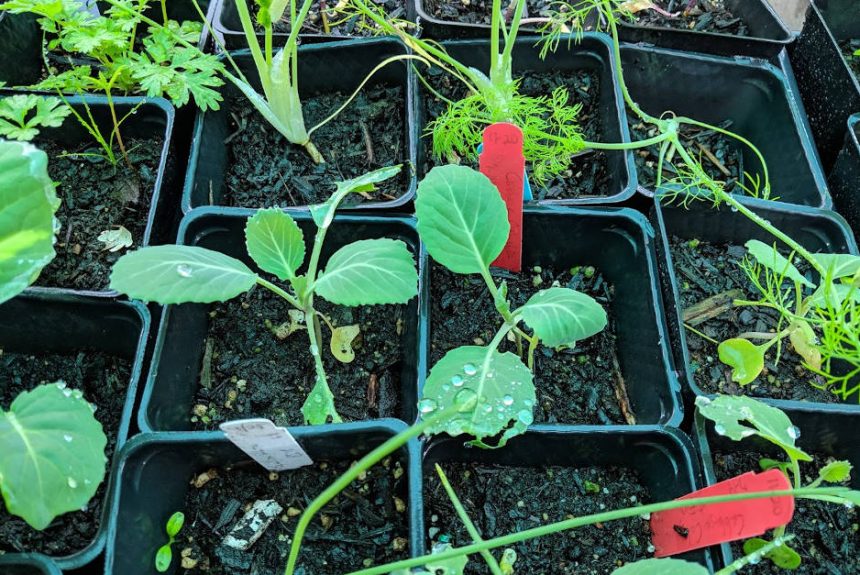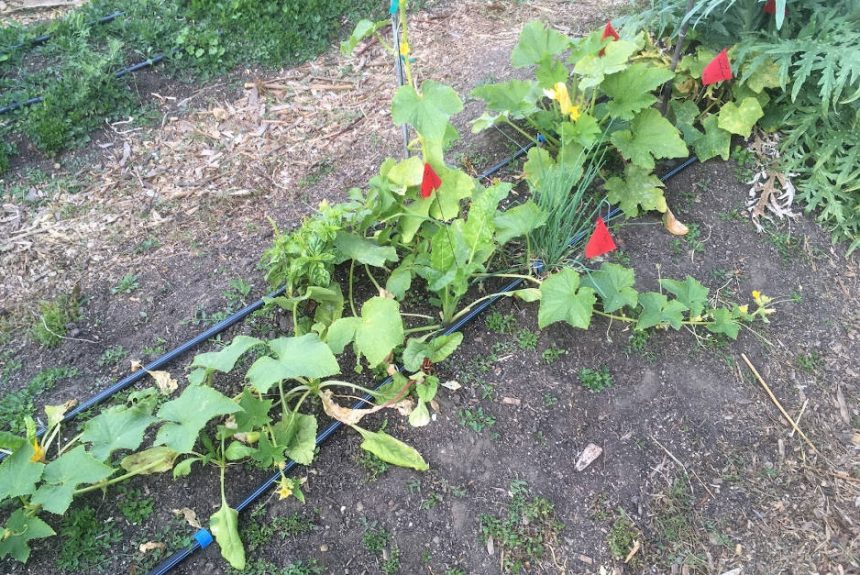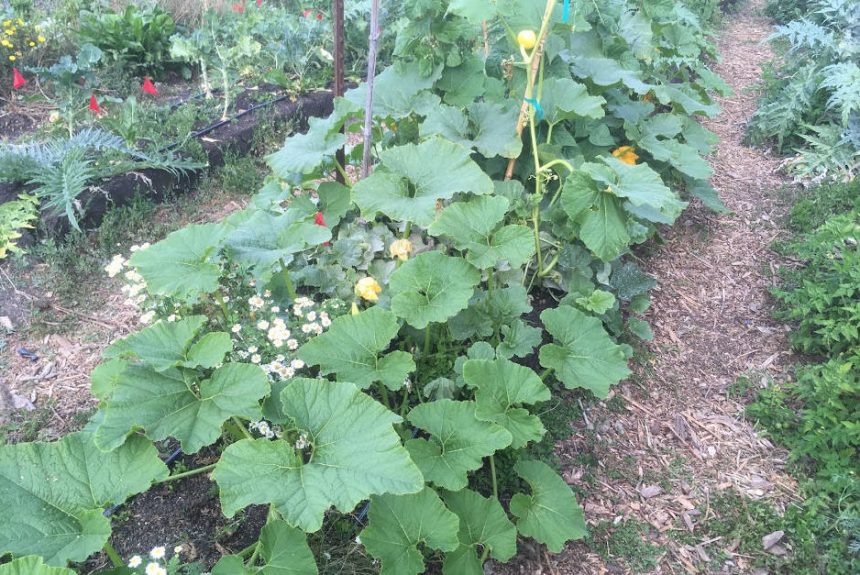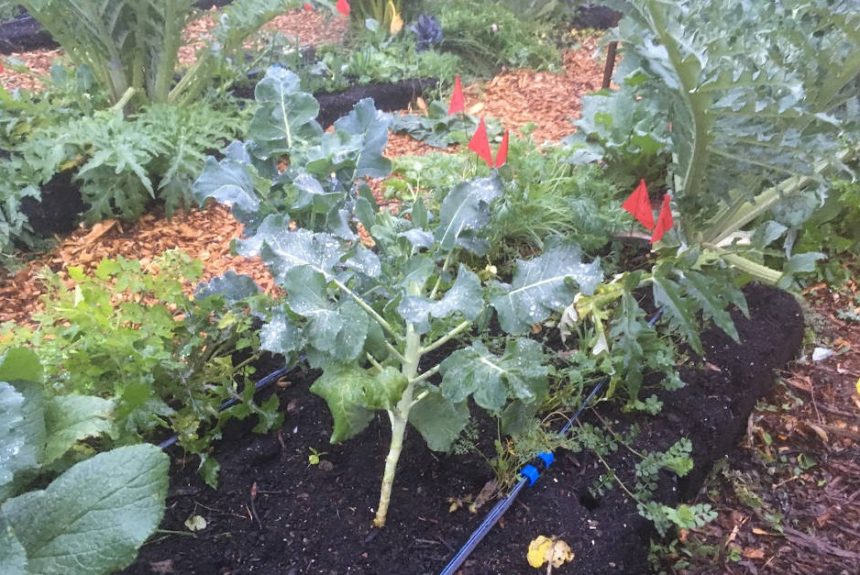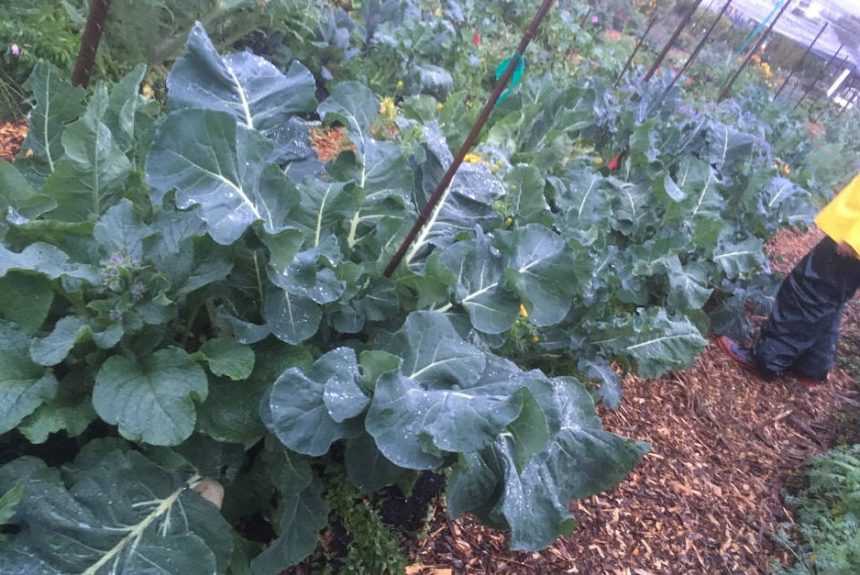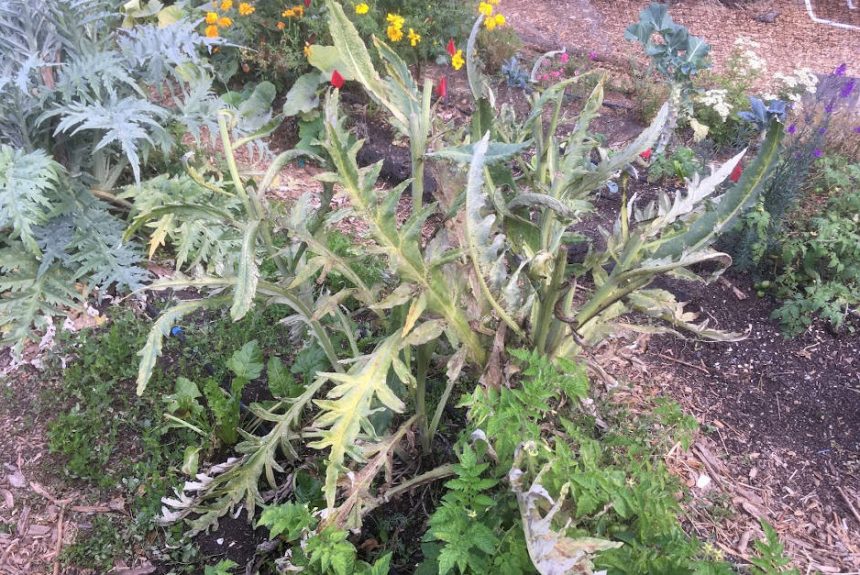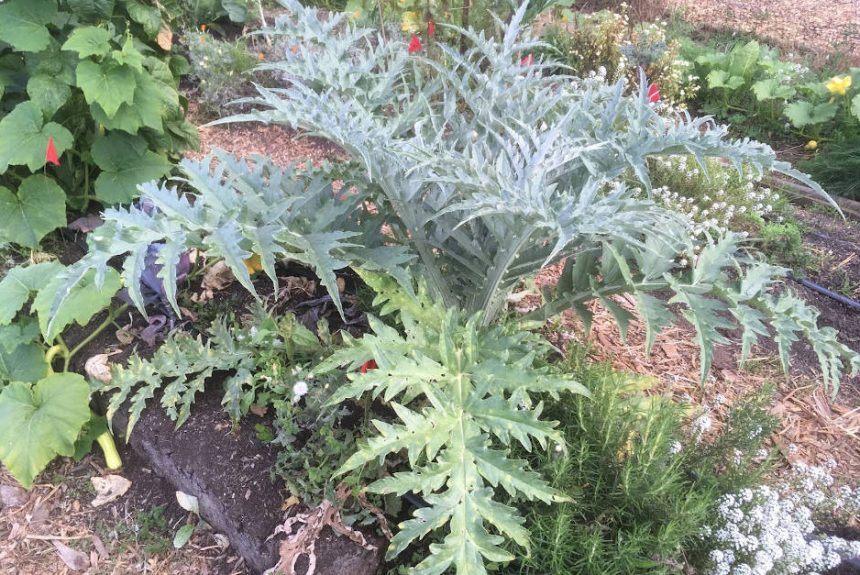An emerging best practice for optimizing the agronomic value of both biochar and compost.
Our White Paper
Download our print friendly version
Background
In the past couple of decades, biochar has emerged as an exciting new tool for land management and soil improvement in agriculture, and as a climate solution for carbon sequestration. One of the most exciting recent developments has been the emergence of a best-practice—sending biochar through the composting process. This has emerged after various experiments found that the direct addition of plain biochar to soil often proved not to be immediately beneficial. In these cases, it appeared that biochar behaved like an aggressive adsorbent (think of it as a carbon filter) that ended up adsorbing and binding to nutrients too tightly, suppressing crop yields until the biochar had matured or “aged” to the point where it could carry out nutrient exchange. The practice of inoculating biochar with cultured microbes, mixing it with compost, or charging it with fertilizer before applying it to soil was adopted in an attempt to overcome this period of suppressed yields. The post-processing of biochar to prepare it for use in soil has become an area of intense investigation, because it has become abundantly clear that there is more going on in fertile biochar-amended soils than merely the presence of charcoal.
Co-composting biochar has emerged from this search for the best post-processing method, and appears to be a universal best practice for all types of biochar, at least as for agronomic applications of biochar. Let us take a closer look at what co-composting entails, and why it is a best practice.
“Co-composting” vs Composting
Before we take a look at the practice of co-composting biochar, and its many benefits, let’s first discuss the odd terminology—why does the literature on biochar refer to “co-composting” as opposed to merely “composting”? Because composting is deliberately managed decomposition, and for the most part, biochar does not decompose; it influences the decomposition process, and interacts with the microbes involved, and even interacts with the decomposition products, but is not decomposed the way compostable materials are. The biochar is with (co-) the compost, while not being decomposed by the composting process. Because of this, the process of putting biochar through the compost is referred to as “co-composting”.
Why not merely refer to it as “biochar compost”? Because we need to emphasize that this is not merely the mixing of biochar and finished compost, which is a fairly common practice. The biochar is to be mixed with compostable materials before composting, mingling with the decomposing materials throughout the composting process. The finished product is a mixture of compost and biochar; the compostable materials break down and shrink during composting, while the volume biochar remains or even swells somewhat, resulting in a mixture that consists of considerably larger fraction of biochar than the initial mixture. This is the product we refer to as “co-composted biochar”.
How does the presence of biochar benefit compost?
In order to understand how the presence of biochar benefits the composting process and how it improves the finished product, we should first consider what goes on in the composting process when it happens properly, and what happens when it goes wrong.
Aerobic vs. anaerobic compost
The terms aerobic and anaerobic respectively refer to either the presence of air or the absence of air. Whereas there are anaerobic methods of composting, such as bokashi, which entail pickling the compostable materials before interring them in the ground, the most common method of composting is aerobic composting, where the compost is decomposed in the presence of air, with the air being introduced by regularly turning the pile or the compost tumbler. Aerobic composting heats up to the point where pathogens and weed seeds are sterilized, and should not produce foul odors— if the compost is ideally formulated with a correct ratio of carbon-rich materials to nitrogen-rich materials, and if there is enough bulk to produce high temperatures, and if it is sufficiently aerated. If the compost fails to meet these requirements, it can stink with stomach-turning odors, or fail to decompose thoroughly, while weed seeds and pathogens survive and infect the plants that receive the compost.
Biochar can greatly assist in aerobic composting by making it much more forgiving on all three of these criteria. The addition of biochar to compost at a rate of 10% by bulk volume significantly abates the emission of foul odors, while the biochar stimulates microbial activity in the compost, causing the compost pile to heat up and decompose more thoroughly. Even modest compost piles can achieve and maintain elevated temperatures when biochar is part of the mix.
Consider, for example, our own observations from composting with biochar at Gill Tract Community Farm in Albany, California. We observed that biochar significantly alters the behavior of compost piles, resulting in compost with noticeably different characteristics. In 2018, Gill Tract Community Farm partnered with the Local Carbon Network as an early adopter of our biochar. Prior to adding biochar to their compost piles, the piles would heat up to about 130˚F, but the heat would dissipate when the piles were turned, and would not recover. After adding biochar to the compost pile, the compost would heat up to 155˚F, and would remain that hot for nearly a month. By the end of six weeks of composting, the compost piles with biochar would often be at temperatures in excess of 130˚F (as a point of reference, 132˚F is the internal temperature of medium-rare steak. That compost got hot enough to cook meat), at the same time, the unpleasant odors of compost, including the odor of ammonia, went away.
Abating harmful emissions
Whereas composting is generally an ecologically sound practice, it is not without its own impact. The composting process, even when done aerobically, produces a considerable amount of methane and N2O (nitrous oxide), both of which are extremely potent greenhouse gases. Methane is roughly a hundred times as potent as carbon dioxide within the first 15-20 years after it is emitted into the atmosphere, whereas N2O is about 300 times as potent as carbon dioxide, and remains in the atmosphere for over a century. Biochar has been found to abate both N2O and methane emissions from aerobic compost, with rates of abatement ranging from 28-30% on the low-end, to over 95% on the high-end, depending on rates of application and other factors.
As for ammonia emissions, biochar has been found to have a massive capacity for adsorbing and reacting to ammonia produced in compost, greatly reducing this compost-associated emission.
Because biochar enhances the rate of composting, as evidenced by the period of elevated temperatures produced by microbial metabolism during the composting process, the decomposition of compost that contains biochar is more thorough for a given period of composting. The thorough decomposition and the presence of biochar particles around which organo-mineral complexes can form results in the finished compost being more stable and longer-lasting than conventional compost. Consider for example this comparison between two raised beds, one made using compost that received biochar, and one without, which served as the control.
As mentioned previously from our experience at Gill Tract Community Farm, compost made without biochar failed to reach the high temperatures which are desirable for aerobic thermophilic composting, but the compost that received biochar reached elevated temperatures and remained hot for a long time. The raised beds built with this compost exhibited incredible stability. In the photo above, in the left frame, a walkway separates two raised beds. The one on the left was prepared with biochar compost, while the one on the right was prepared with conventional compost. Both were of comparable age. Over the course of the growing season, the raised bed on the right (made with conventional compost) shrank and collapsed as the compostable material continued to decompose, but the raised bed on the left, which composted with biochar, maintained its integrity. Having decomposed to stable solid material, it did not shrink and collapse with continued decomposition.
Fertilizer value of the final product
When compost is made with biochar, much of the nitrogen content, which would normally be lost as off-gassing of N2O and ammonia vapors, and as dissolved nitrates in the leachate, end up captured on the biochar. In fact, nitrates captured on biochar during the composting process seem to confer greater fertilizer value to compost made with biochar with the benefits of the captured nutrients being immediately available to the plants.
Co-composted biochar does not require a maturation period to become beneficial to plants. The stimulation to soil fertility is immediate. For example, consider the results obtained at Gill Tract Community Farm in their pilot trial of using compost produced with biochar in 2018 and early 2019. Every plant that received this co-compost exhibited a stunning growth advantage over those that merely received conventional compost.
How does Composting improve Biochar?
Adding biochar to the composting process appears to be a best practice for composting, but is composting a best practice for preparing biochar for use in soil? What exactly does composting do to biochar?
We are confident in asserting that composting is the best practice for preparing biochar for use in soil because of its simplicity and because a number of key agronomic qualities of biochar are dramatically enhanced by going through the composting process. In addition to loading the biochar with nitrates which would otherwise be lost, and massively increasing its fertilizer value (discussed above), the composting process deposits a thin, spongy coating on biochar that improves all of the agronomic qualities of the biochar far above and beyond what the untreated biochar offers. The coating that composting deposits on biochar was discovered and published in 2017 in Organic coating on biochar explains its nutrient retention and stimulation of soil fertility. This coating of decomposition products and byproducts of microbial life is very hydrophilic and porous and significantly increases the water-holding capacity of the char. Additionally, this coating is full of chemical sites which assist in both cation and anion nutrient exchange (CEC and AEC), as well as chemical sites which mediate or even catalyze the soil microbiome’s biochemical redox reactions by accepting and donating electrons (EAC and EDC— electron-accepting capacity, and electron-donating capacity). The micropores of the biochar become clogged by this spongy coating, but this does not necessarily mean a reduction in the surface area, since the coating itself introduces a whole new layer full of mesopores, making the biochar a hospitable habitat for hosting soil microbes. A large and active population of soil microbes benefits the health of plants because these microbes offer soil services such as nutrient cycling, along with stimulation of growth by the production of exogenous plant growth factors.
Concluding thoughts
The findings published in the papers cited above suggest that many of the agronomic qualities of biochar previously attributed to: weathering, slow oxidation, and “aging” in the soil over many years, can actually be attributed to the coating of organic decomposition products that forms on the char in the course of composting, which is great news to modern users of biochar. These agronomic qualities do not require a great deal of time nor technique to obtain; composting is an already widely practiced method of improving farm and garden fertility, and adding biochar to the process is trivially simple. At the same time, the mere addition of biochar at even modest rates significantly improves the quality of the final compost product, while making the entire process much more forgiving. Harmful emissions and foul odors are reduced, and the final product is much longer-lasting. In light of all of these benefits and the ease with which they can be obtained, we can confidently recommend co-composting biochar as a best practice both for the preparation of compost as well as for preparing biochar for agronomic applications.


